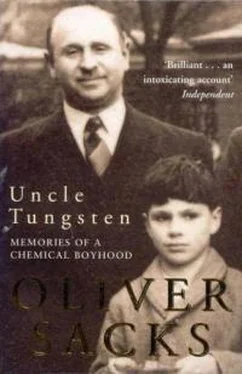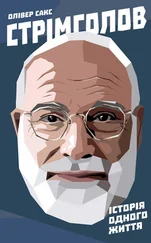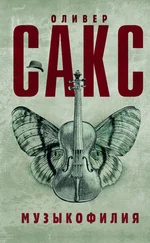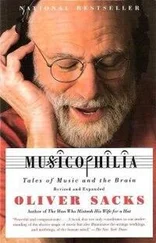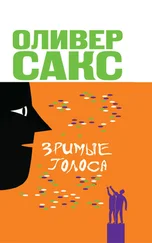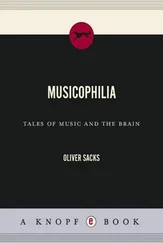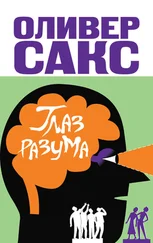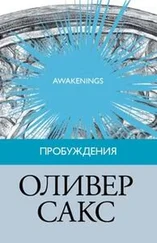My first vision was of metals, dozens of them in every possible form: rods, lumps, cubes, wire, foil, discs, crystals. Most were grey or silver, some had hints of blue or rose. A few had burnished surfaces that shone a faint yellow, and then there were the rich colors of copper and gold.
In the upper right corner were the nonmetals – sulphur in spectacular yellow crystals and translucent red crystals of selenium; phosphorus, like pale beeswax, kept under water; and carbon, as tiny diamonds and shiny black graphite. There was boron, a brownish powder, and ridged crystalline silicon, with a rich black sheen like graphite or galena.
On the left were the alkali and alkaline earth metals – the Humphry Davy metals – all (except magnesium) in protective baths of naphtha. I was struck by the lithium in the upper corner, for this, with its levity, was floating on the naphtha, and also by the cesium, lower down, which formed a glittering puddle beneath the naphtha. Cesium, I knew, had a very low melting point and it was a hot summer day. But I had not fully realized, from the tiny, partly oxidized lumps I had seen, that pure cesium was pale gold – it gave at first just a glint, a flash of gold, seeming to iridesce with a golden luster; then, from a lower angle, it was purely gold, and looked like a gilded sea, or golden mercury.
There were other elements which up to this point had only been names to me (or, almost equally abstract, names attached to some physical properties and atomic weights), and now for the first time I saw the range of their diversity and actuality. In this first, sensuous glance I saw the table as a gorgeous banquet, a huge table set with eighty-odd different dishes.
I had, by this time, become familiar with the properties of many elements and I knew they formed a number of natural families, such as the alkali metals, the alkaline earth metals, and the halogens. These families (Mendeleev called them ‘groups’) formed the verticals of the table, the alkali and alkaline earth metals to the left, the halogens and inert gases to the right, and everything else in four intermediate groups in between. The ‘groupishness’ of these intermediate groups was somewhat less clear – thus in Group VI, I saw sulphur, selenium, and tellurium. I knew that these three (my ‘stinkogens’) were very similar, but what was oxygen doing, heading the group? There must be some deeper principle at work – and indeed there was. This was printed at the top of the table, but in my impatience to look at the elements themselves, I had paid no attention to it at all. The deeper principle, I saw, was valency. The term valency was not to be found in my early Victorian books, for it had only been properly developed in the late 1850 s, and Mendeleev was one of the first to seize on it and use it as a basis for classification, to provide what had never been clear before: a rationale, a basis for the fact that elements seemed to form natural families, to have deep chemical and physical analogies with one another. Mendeleev now recognized eight such groups of elements in terms of their valencies.
Thus the elements in Group I, the alkali metals, had a valency of 1: one atom of these would combine with one atom of hydrogen, to form compounds such as LiH, NaH, KH, and so on. (Or with one atom of chlorine, to form compounds such as LiCl, NaCl, or KCl). The elements of Group II, the alkaline earth metals, had a valency of 2, and so would form compounds such as CaCl 2, SrCl 2, BaCl 2, and so on. The elements of Group VIII had a maximum combining power of 8.
But while Mendeleev was organizing the elements in terms of valency, he was also fascinated by atomic weights and the fact that these were unique and specific to each element, that they were, in a sense, the atomic signature of each element. And if, mentally, he started to index the elements according to their valencies, he did this equally in terms of their atomic weights. And now, magically, the two came together. For if he arranged the elements, quite simply, in order of their atomic weights, in horizontal ‘periods’, as he called them, one could see recurrences of the same properties and valencies at regular intervals.
Every element echoed the properties of the one above, was a slightly heavier member of the same family. The same melody, so to speak, was played in each period – first an alkali metal, then an alkaline earth metal, then six more elements, each with its own valency or tone – but played in a different register (it was impossible to avoid thinking of octaves and scales here, for I lived in a musical house, and scales were the periodicity I heard daily).
It was eightness which dominated the periodic table before me, though one could also see, in the lower part of the table, that extra elements were interposed within the basic octets: ten extra elements apiece in Periods 4 and 5, and ten plus fourteen in Period 6.
So one went up, each period completing itself and leading to the next one in a series of dizzying loops – at least this is the form my imagination took, so that the sober, rectangular table before me was transformed, mentally, into spirals or loops. The table was a sort of cosmic staircase or a Jacob’s ladder, going up to, coming down from, a Pythagorean heaven.
I got a sudden, overwhelming sense of how startling the periodic table must have seemed to those who first saw it – chemists profoundly familiar with seven or eight chemical families, but who had never realized the basis of these families (valency), nor how all of them might be brought together into a single over-arching scheme. I wondered if they had reacted as I did to this first revelation: ‘Of course! How obvious! Why didn’t I think of it myself?’
Whether one thought in terms of the verticals or in terms of the horizontals – either way one arrived at the same grid. It was like a crossword puzzle that could be approached by either the ‘down’ or the ‘across’ clues, except that a crossword was arbitrary, a purely human construct, while the periodic table reflected a deep order in nature, for it showed all the elements arrayed in a fundamental relationship. I had the sense that it harbored a marvelous secret, but it was a cryptogram without a key – why was this relationship so?
I could scarcely sleep for excitement the night after seeing the periodic table – it seemed to me an incredible achievement to have brought the whole, vast, and seemingly chaotic universe of chemistry to an all-embracing order. The first great intellectual clarifications had occurred with Lavoisier’s defining of elements, with Proust’s finding that elements combined in discrete proportions only, and with Dalton’s notion that elements had atoms with unique atomic weights. With these, chemistry had come of age, and had become the chemistry of the elements. But the elements themselves were not seen to come in any order; they could only be listed alphabetically (as Pepper did in his Playbook of Metals ) or in terms of isolated local families or groups. Nothing beyond this was possible until Mendeleev’s achievement. To have perceived an overall organization, a superarching principle uniting and relating all the elements, had a quality of the miraculous, of genius. And this gave me, for the first time, a sense of the transcendent power of the human mind, and the fact that it might be equipped to discover or decipher the deepest secrets of nature, to read the mind of God.
I kept dreaming of the periodic table in the excited half-sleep of that night – I dreamed of it as a flashing, revolving pinwheel or Catherine wheel, and then as a great nebula, going from the first element to the last, and whirling beyond uranium, out to infinity. The next day I could hardly wait for the museum to open, and dashed up to the top floor, where the table was, as soon as the doors were opened.
Читать дальше
